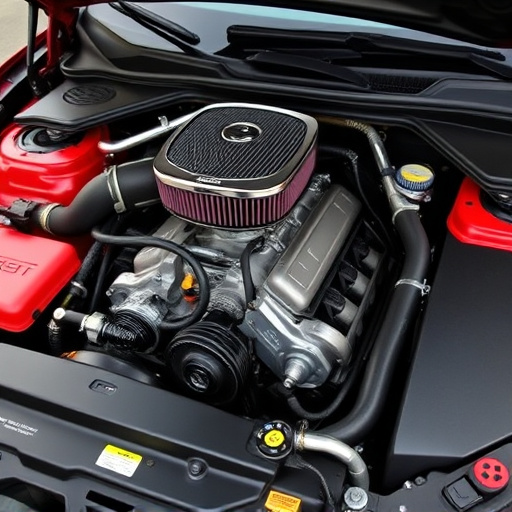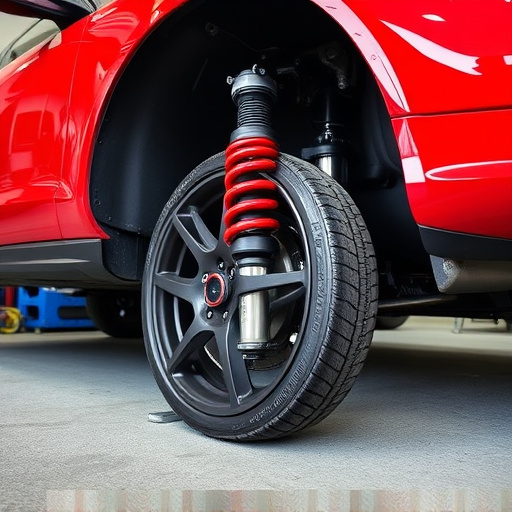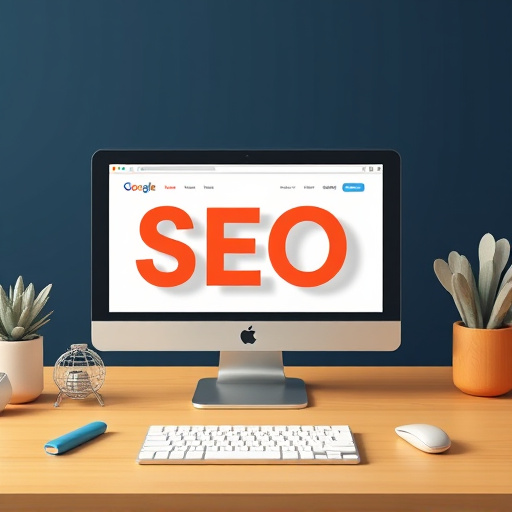Effective e-commerce web design boosts user experience and engagement through simplicity, intuitive navigation, and mobile optimization. Responsive layouts for various devices, fast loading times, and touch-friendly interfaces enhance accessibility and improve SEO rankings, leading to increased customer satisfaction, retention, and sales. Investing in robust design strategies is crucial for success in the competitive e-commerce landscape.
In the fast-paced world of e-commerce, a well-designed website is crucial for success. However, common mistakes in e-commerce web design can hinder growth and drive away potential customers. This article explores three critical errors to avoid: cluttered layouts that overwhelm visitors, neglecting mobile optimization for seamless accessibility across devices, and poor navigation that disrupts user journeys. By steering clear of these pitfalls, you’ll create a user-friendly experience that boosts engagement and conversions.
- Cluttered Layouts: Avoid Overwhelm and Focus on Simplicity
- Neglecting Mobile Optimization: Ensure Full Accessibility Across Devices
- Poor Navigation: Streamline User Journeys for Better Engagement
Cluttered Layouts: Avoid Overwhelm and Focus on Simplicity

In the realm of e-commerce web design, a cluttered layout can be a significant mistake that deters potential customers. With countless products and information competing for attention, a website risks overwhelming visitors instead of engaging them. To avoid this pitfall, prioritize simplicity and user experience. Organize content in a logical manner, using clear categories and straightforward navigation menus. Each page should have a singular focus, whether showcasing a specific product line or providing detailed information about a category. This approach ensures that your e-commerce site is not just visually appealing but also easy to navigate, enhancing the overall user experience.
Consider the diverse range of devices customers use to access online stores, from desktops to smartphones. A responsive web design tailored for various screen sizes and resolutions is crucial. Ensure your layout adapts seamlessly to different devices without compromising aesthetics or functionality. This adaptability not only caters to a broader audience but also boosts your site’s SEO potential, especially when paired with local citation services in the Miami area to enhance local search rankings.
Neglecting Mobile Optimization: Ensure Full Accessibility Across Devices

In today’s digital era, an e-commerce website’s success hinges on its mobile optimization. With a vast majority of online shoppers using smartphones and tablets, neglecting mobile accessibility can be a costly mistake. A poorly optimized site faces higher bounce rates, lower conversions, and dissatisfied customers—all detrimental to business growth. To ensure a seamless experience, every element from product pages to checkout processes must be fully functional across various devices. This includes fast loading times, responsive layouts, and touch-friendly interfaces, making it as easy for mobile users in Dallas or Arlington to browse and purchase as it is on a desktop.
A local SEO Dallas or web design agency in Arlington can play a pivotal role in achieving this optimization. These professionals understand the unique challenges of e-commerce and are equipped with strategies to enhance user experience across all devices. They can help implement best practices, ensuring your website not only meets but exceeds industry standards for mobile accessibility. This investment in robust e-commerce web design will pay dividends in terms of customer satisfaction, retention, and ultimately, increased sales.
Poor Navigation: Streamline User Journeys for Better Engagement

In e-commerce web design, poor navigation is a frequent pitfall that can significantly hinder user engagement and experience. A poorly structured navigation system can leave visitors disoriented, leading to high bounce rates and decreased conversions. To streamline user journeys, retailers should focus on creating intuitive menus with clear categories and subcategories. Simplifying the process for customers to find products they’re interested in is key to increasing website traffic and fostering a positive online shopping experience.
Implementing a responsive web design that adapts seamlessly across various devices and screen sizes further enhances navigation. With over half of all internet traffic coming from mobile devices, ensuring your e-commerce site is optimized for smartphones and tablets is vital. Additionally, website speed optimization plays a crucial role in retaining users. Faster loading pages not only improve user experience but also encourage visitors to explore more, ultimately contributing to better engagement and sales conversions.
In the competitive world of e-commerce, effective web design is crucial. By steering clear of cluttered layouts, prioritizing mobile optimization, and enhancing navigation, businesses can create a seamless user experience that drives engagement and conversions. Remember that a well-designed e-commerce site doesn’t just attract visitors; it retains them and encourages repeat business. Focus on simplicity, device accessibility, and streamlined journeys to elevate your online store in the competitive market.














